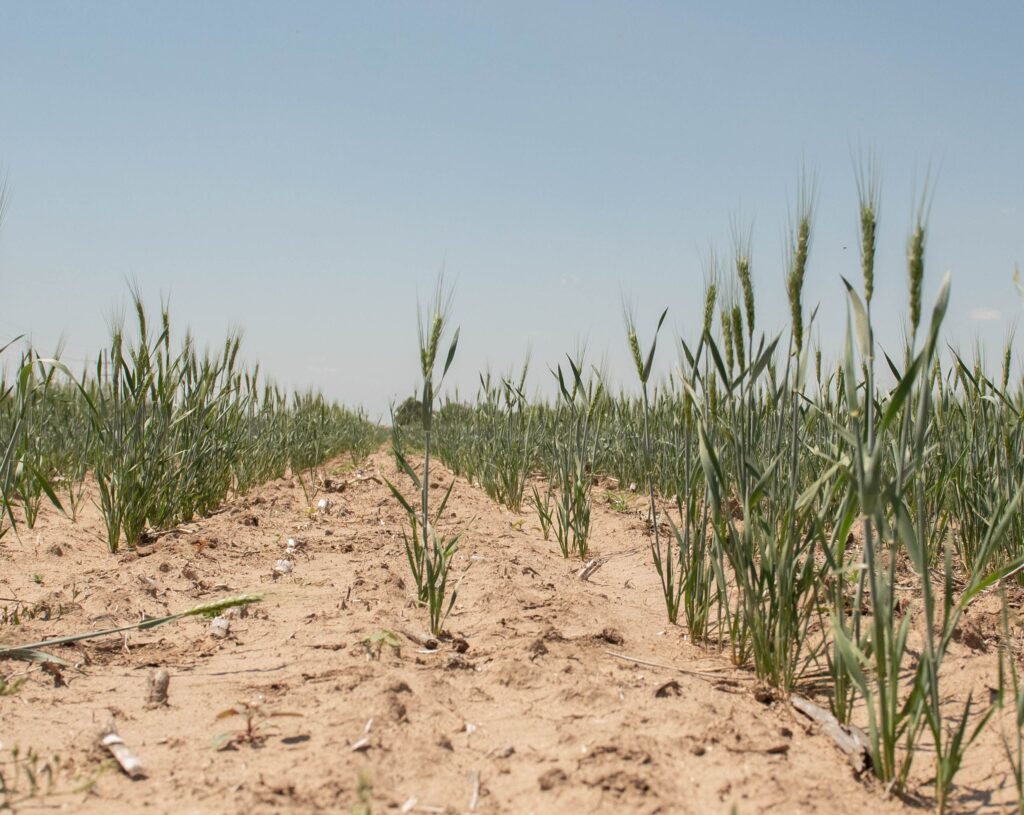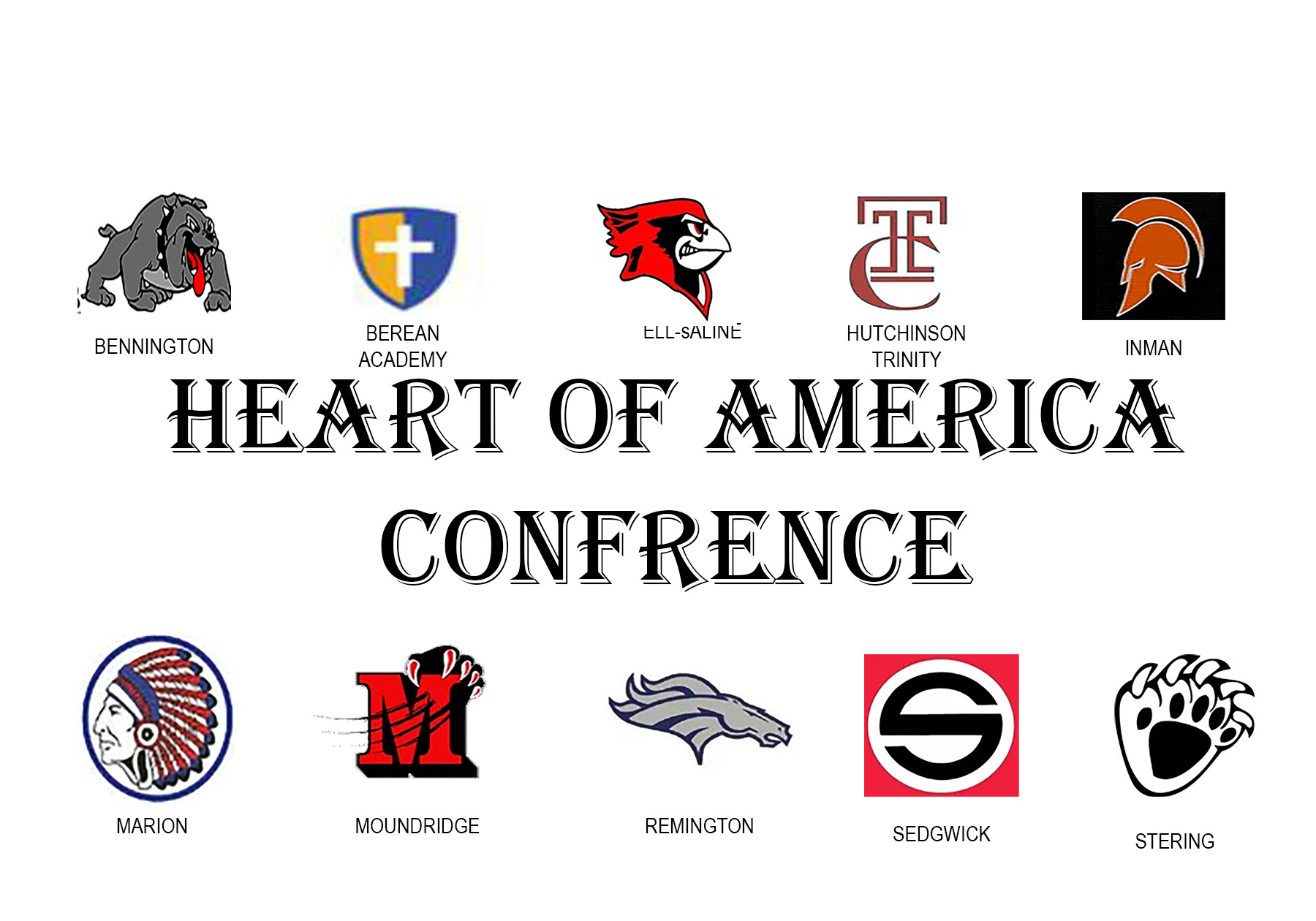Month after month without enough rain has made Kansas the epicenter of a stubborn drought covering parts of the Great Plains.
While the drought that plagued almost the entire western half of the U.S. last year has relented, it has only gotten worse in Kansas. The state is experiencing the most severe drought in the country and its worst in a decade.
If rains don’t come soon, more than one-quarter of the state’s wheat fields could be in such dismal conditions farmers don’t even harvest them, according to Kansas Wheat.
“I never like to say too little too late,” said Steve McCloud, who lives in Harvey County and serves on the Kansas Farm Bureau board, “but we’re about there.”
Almost 60% of Kansas is experiencing “extreme” or “exceptional” drought conditions, according to the U.S. Drought Monitor. Only 13% of the state, concentrated in the northeast, is completely without drought.
There’s reason to be hopeful. Matthew Sittel, an assistant climatologist for Kansas, noted parts of the state are expected to get a couple of inches of rain in the next few days. But it will take awhile to recover from months on end of startlingly dry conditions.
“We can safely say it’s the worst drought situation in a decade,” Sittel said.
Drought started creeping into Kansas in the fall of 2021. First, a few isolated counties had mild drought. It started to build in the southwest, and by spring, 10% of the state was in extreme or exceptional drought.
The drought hit its peak earlier this month, with more than two-thirds of the state in the most severe levels of drought. It has since relented slightly.
Crop failures
Marsha Boswell, a spokeswoman for Kansas Wheat, was well aware of the damage from this drought before touring wheat fields across the state last week. She was in southwest Kansas a few weeks ago and said some wheat never emerged from the ground.
But as she drove around the state with the Wheat Quality Council to look at how winter wheat was faring, she was struck by how far into eastern Kansas, which typically gets more rain, the drought reached and the number of fields being abandoned.
Tour participants took measurements to estimate this year’s wheat production. They projected Kansas farmers would wind up with 178 million bushels of wheat.
The U.S. Department of Agriculture estimated Kansas would produce closer to 191 million bushels, still a far cry from last year’s harvest of 244 million bushels.
While the number of winter wheat bushels harvested nationally this year is expected to grow 2% compared with last year, Kansas’ production could drop by close to 20%, according to the USDA.
Kansas wheat tour participants anticipated close to one-quarter of wheat crops could be abandoned, Boswell said.
“You also have to remember there’s still three to six weeks before harvest gets going … so this is pretty much the best-case scenario,” Boswell said.
Raising cattle in a drought
In addition to wheat, the drought has taken its toll on grazing lands, food supplies and drinking water for livestock.
McCloud said he’ll consider himself fortunate if harvests one-third of the brome grass he normally feeds his cattle.
McCloud said he thinks he’ll be able to get enough feed to get by without selling off cattle.
“But if we are continuing in these severe drought conditions by early to mid fall, I’m gonna have to scratch my head a little bit,” he said.
Shawn Tiffany, president of the Kansas Livestock Association, farms and raises cattle in Morris, McPherson and Lyon counties.
He said unless rains come soon, some of his stock ponds may run out of water. His wheat crop is poor enough that it will be more valuable as roughage for his cattle than waiting for the grain harvest.
The drought means cattle ranchers are more reliant on hay because they don’t have enough grazing crops for their cows. But at the same time, he said, the hay supply is constrained.
“I’ve paid the highest prices for hay in my career for the last nine months,” he said.
Tiffany operates a finishing feedyard, meaning other ranchers bring their cattle to him for the final few months before the animals are killed and taken to meatpackers.
He said he hasn’t been forced to reduce his supply, but some ranchers he works with have, so there is less business coming his way.
Tiffany said it will take ranchers awhile to build back their herds, even after the drought breaks. But agriculture is always a risky business.
“There’s an old joke in Kansas — you’re never more than 30 days away from a flood or a drought,” Tiffany said. “It’s just that that flood continues to be 30 days out on the horizon.”
_ _ _
Story by Allison Kite / Kansas Reflector



